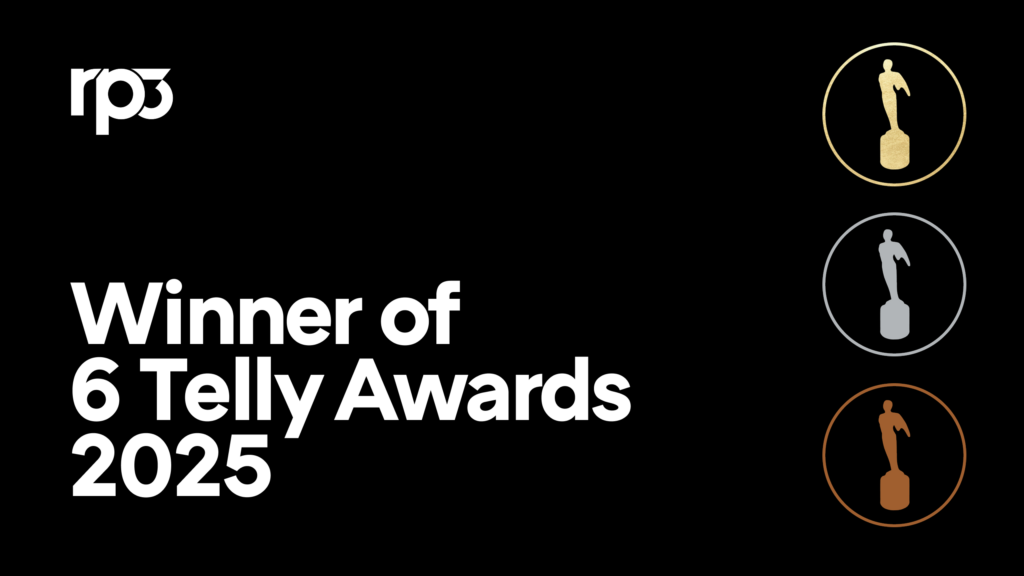
Gen-Zers Want To Be The Main Characters In Your Brand’s Story
By: Anna Bridgforth
Gen-Z’s Main Character Syndrome
In our first article, we established that, for Gen-Z, individualism reigns supreme. In this era where a premium is placed on individualism, Gen-Z has embraced the notion of "main character energy" and brought the concept of personal narratives to new heights. They don’t merely consume stories — they live them, seamlessly blending their digital and real-world identities to form new narratives of self-expression. This mindset is reflected in the fact that 56% of Gen-Z says “my avatar is me.” For them, life isn’t just a series of linear events unfolding — it’s an ongoing, immersive narrative where they play the lead role. Consider the trend of “main character energy” or “main character syndrome,” where individuals put themselves in the center of an event and view it as their own story, much like fictional protagonists. Thinking about themselves as the main character, they’ll dramatize their lives, making decisions that are “for the plot” to add intrigue and excitement, regardless of whether the outcome is good or bad. They’ll even provide “lore” to describe the backstories of themselves or the “characters” in their lives, like their siblings, friends, or even strangers.

Unlike previous generations at this age, the existential question at the forefront of Gen-Z’s mind is not “Who am I?” Now, it has evolved into “What character am I playing and what story am I telling?” We can see this shift playing out in the rise of TikTok creators livestreaming themselves as NPCs (non-playable characters), mimicking their repetitive motions and short catchphrases. PinkyDoll has captured the attention of millions of fans, reacting to gifts with her catchphrases “Ice cream so good. Gang gang. Yes yes yes.” In a world where Gen-Z faces high levels of loneliness and anxiety, these participatory narratives provide a crucial sense of connection and belonging.
The New Narrative: Loops, Chaos, and Authenticity
With the rise of social media, short-form video, and the ability to be always on and connected, traditional storytelling frameworks are being redefined, giving way to a new era characterized by chaotic and unpredictable narratives. While the core elements of strong characters and compelling plots remain, the way these stories are told has transformed to match the unique expectations of Gen-Z. They engage with stories that can relate to their own evolving identities and experiences. For them, it’s not about a beautifully crafted story — it’s about resonance. That's why we see them gravitating toward narratives that are authentic, unexpected, and unfolding in non-linear ways.
Take, for example, Summer England’s “The Neighbor Saga,” a real-life romantic comedy chronicled through a series of TikTok videos. Her authentic and relatable storytelling has amassed over 285K followers, demonstrating that Gen-Z values genuine, real-world narratives. Similarly, Reesa Teesa’s 50-part series “Who TF Did I Marry?!?” captivates audiences with its raw, user-generated content, sparking intense engagement and speculation about the story’s details as it unfolds.
Redefining Brand Loyalty with Gen-Z
It’s important for brands to understand how Gen-Z engages with storytelling because, much like their preference for narratives, brand loyalty for Gen-Z has evolved. Today, brand loyalty is anything but straightforward. Unlike the traditionally linear loyalty paths of previous generations, Gen-Z’s loyalty is dynamic, existing within an ongoing loop of inspiration, exploration, community, and commitment.
According to research from Archrival, Gen-Z is significantly more likely than millennials to express brand loyalty by sharing their favorite brands with friends (54% vs. 41%). For them, loyalty is about a deep, personal connection to the brand, even if they aren’t making frequent purchases.
This redefined loyalty means that a Gen-Z consumer can inspire others at any point in their journey, whether they’re just discovering the brand, researching it, or sharing their experience post-purchase. This shift underscores the importance for brands to cultivate a continuous, engaging dialogue with their audience, fostering a sense of community and belonging.
What It Means for Brands: Embrace Community-Fueled Storytelling
To resonate with Gen-Z and earn their loyalty, brands must create community-fueled storytelling that invites participation and co-creation.
- Embrace disruptive narrative structures and relatable stories: Adopt innovative storytelling methods that keep Gen-Z engaged with entertaining content they can relate to. Research shows that ads with intriguing narratives hold viewers’ attention 1.4x longer than traditional formats. Use these disruptive formats to surprise and captivate your audience. WEEKDAY nailed this when they launched their 2024 campaign with a movie trailer. They hired creator @debadebadd to star in the trailer and share BTS content with followers, but the partnership seemed to take a turn when she was told on camera that she’d been cut from the film. She then released videos “calling out” the brand, her audition tapes, and finally a confessional video on her page because, turns out, it was all planned! In debadebadd’s own words, she decided to take the brand partnership as an opportunity to create her own “main character moment” while bringing massive attention to the launch.
- Foster a collaborative spirit: Engage with Gen-Z on platforms like TikTok, where they are active participants rather than passive consumers. For example, eyewear brand Warby Parker engaged creator @octopusslover8, who creates skits based on users’ comments. In his livestream, he responded to comments from the brand and integrated them into his skit, enhancing Warby Parker’s visibility and connection in a low-key and authentic way.
- Create participatory narratives: Craft stories that allow Gen-Z to see themselves as part of the narrative. For instance, IGG’s launch of the game Viking Rise invited users to experience character unlocks, reaching 400 million users and generating 600,000 submissions. This level of involvement turns users into brand advocates.
- Build a sense of community: Make Gen-Z feel like they are part of a larger community. Use storytelling to address deeply human issues and real-life experiences, creating a sense of belonging and loyalty. Among Us, an online game, created TikTok content that responded to user comments, playing up inside jokes and community-specific references. This kind of connection is crucial to a generation that values personal connection over traditional loyalty metrics.
Conclusion
To capture the hearts and minds of Gen-Z, brands must give audiences a way to become the main characters in their narratives by fostering a sense of community and belonging through participatory and collaborative storytelling. By creating compelling and disruptive narratives that invite Gen-Z to co-create and explore, brands can cultivate loyalty and engagement in an ever-evolving digital landscape. As Gen-Z continues to redefine the boundaries of storytelling and loyalty, brands that adapt to this generation’s changing expectations will thrive.
Let's make some good.
Drop us a line



